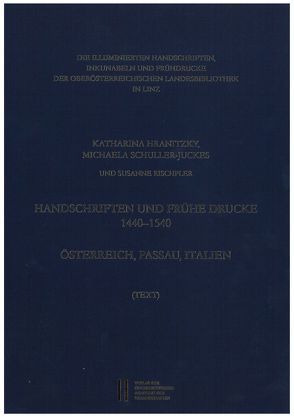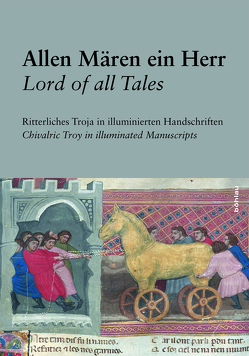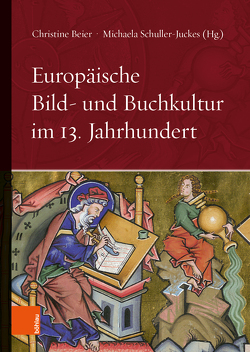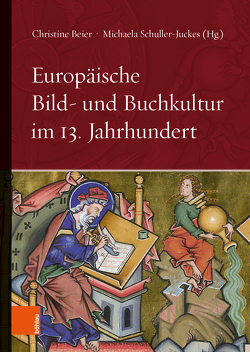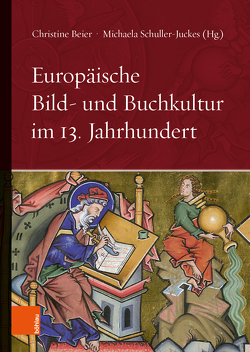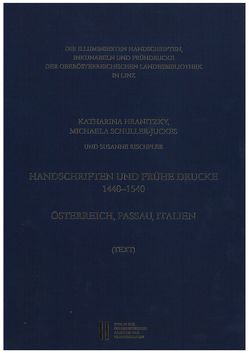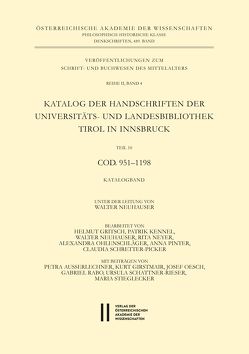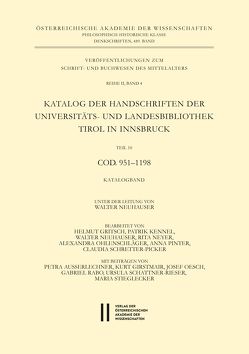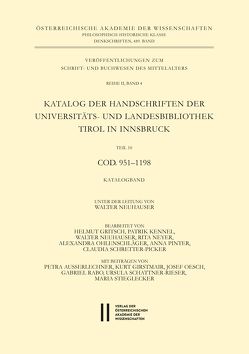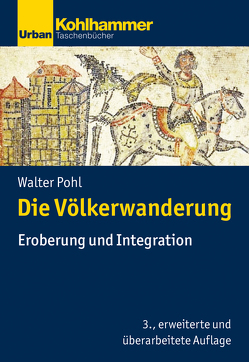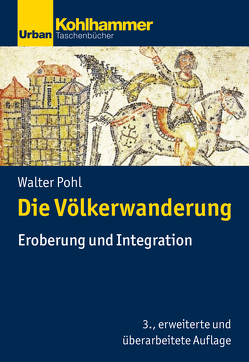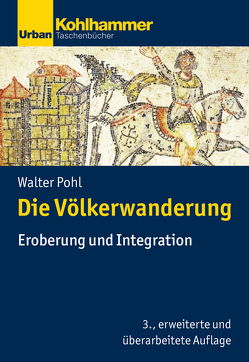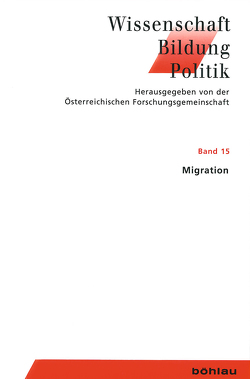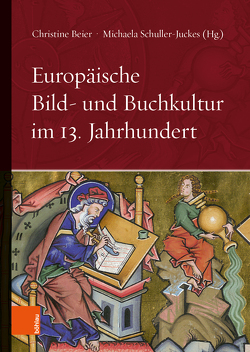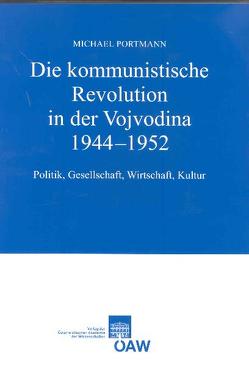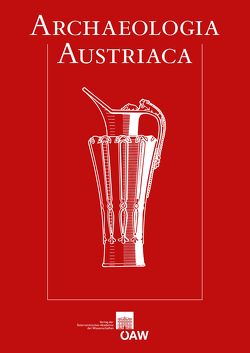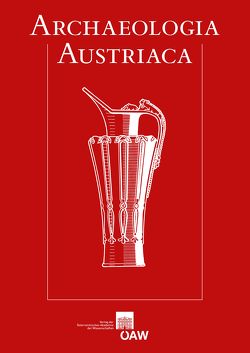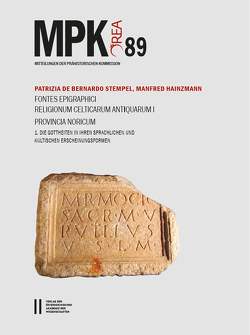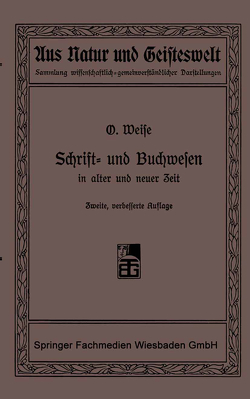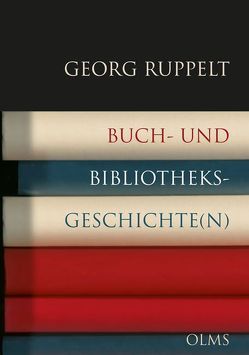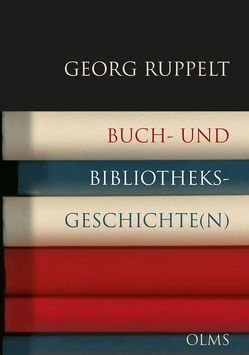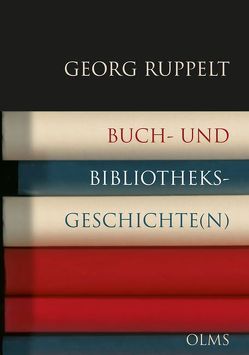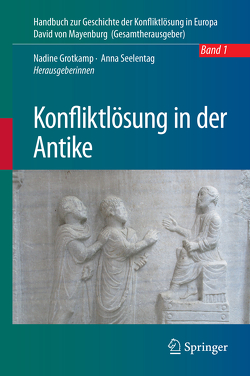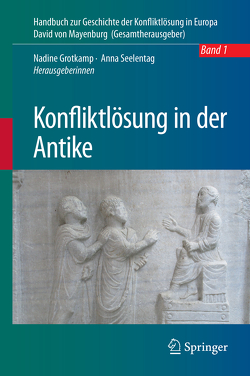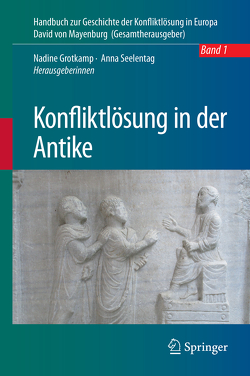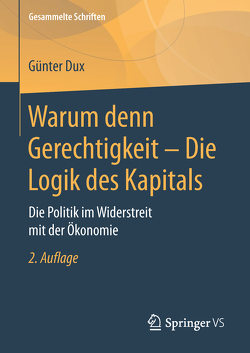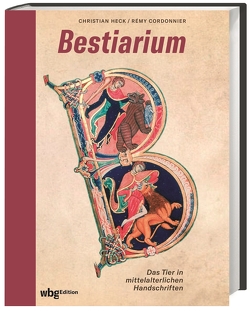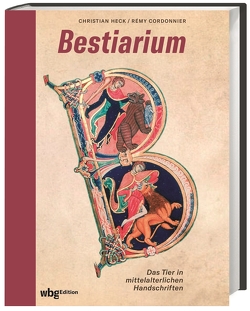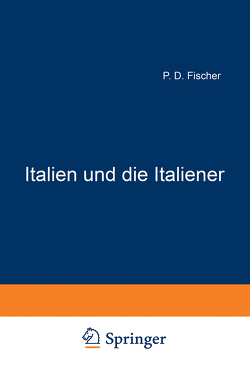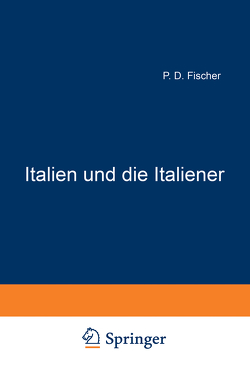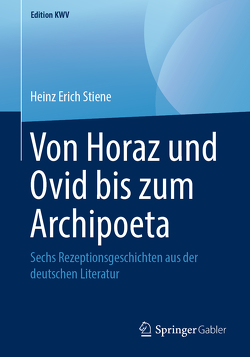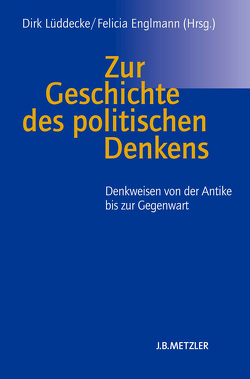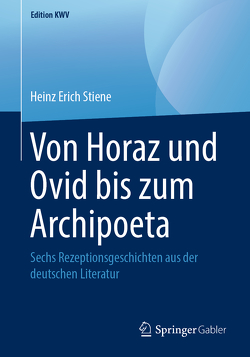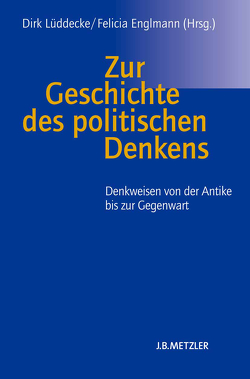Die illuminierten Handschriften, Inkunabeln und Frühdrucke der Oberösterreichischen Landesbibliothek in Linz
Handschriften und Frühe Drucke 1140-1540. Österreich, Passau, Italien
Katharina Hranitzky, Rita Neyer, Walter Pohl, Susanne Ripschler, Michaela Schuller-Juckes
The present catalogue comprises scientific descriptions of 89 manuscripts and early printed books from the collection of the Upper Austrian State Library in Linz. All these items were made between ca. 1440 and 1540 in Austria, the Passau region or Italy, and all contain painted decoration.
Conforming to the guidelines developed for the series in which the catalogue is published, the descriptions consist of detailed information on the outward appearance, the binding, the textual contents and the history of the presented volumes and fragments, as well as providing an in-depth analysis of their decoration, this last section forming the core piece of each text. The stylistic features of the miniatures and initials in fact are the main criteria for the chronological and geographical classification of the books, which is discussed extensively at the end of the descriptions. The catalogue is completed by short essays summarizing the characteristics of certain groups of works, or retracing the development of book-illumination in a particular town or abbey.
The specific composition of the presented holdings has resulted in certain formal changes to the model used for describing the books. As a matter of fact, while only a handful of hand-written items are described, more than 80 % of the analysed books are incunabula. This proportion reflects the development of book-making in the second half of the 15th century, when printed editions gradually superseded single hand-made copies. But although the early print differs in some respects from the manuscript, the two media also have many features in common, especially as regards their decoration; as a matter of fact, most of the illuminators of that period can be shown to have decorated both types of book. Therefore, the authors of the Linz catalogue chose to examine the printed volumes alongside the hand-written ones. This enabled them to draw a more complete picture of book-production in the relevant period and region.
